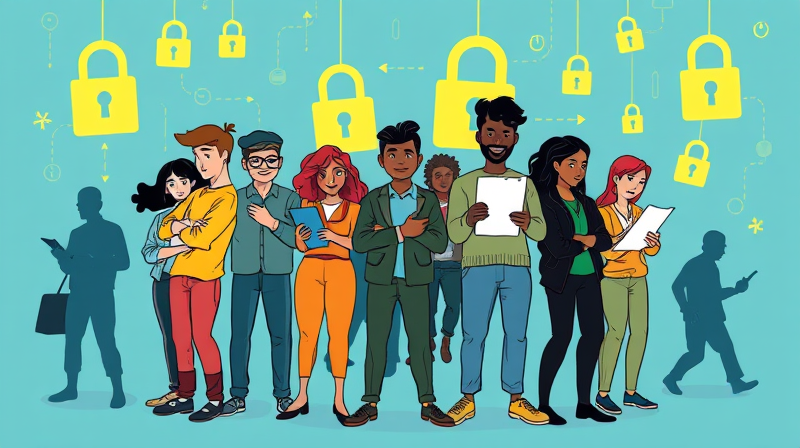
Every day, we rely on quick fixes and ready-made solutions to simplify our lives. From ordering dinner with a tap to grabbing a soda at a corner store, we’ve come to expect ease at our fingertips. But beneath this seamless surface lies a web of expenses that quietly inflates our spending, strains our health, and burdens our environment. By unraveling the small daily fees adding up, we can reclaim both budget and balance.
Understanding the true cost of convenience requires looking beyond the sticker price. When we accept a convenience fee or one-click purchase without questioning, we willingly trade hard-earned dollars for temporary comfort. Over time, these charges can sneak into our budgets unnoticed, eroding savings and raising stress levels. This article explores how hidden fees influence decisions across categories and offers practical strategies to keep control.
One of the most visible examples of hidden cost comes from food delivery apps. Platforms can tack on up to forty percent in extra fees through service charges, tips, and membership incentives. Convenience store prices tell a similar story: that $1 grocery soda often becomes $2.50 or more down the block. Even individually packaged snacks lock in a premium that disappears when you buy in bulk and portion at home.
One-click shopping and “buy now” buttons encourage impulse buys and surprise upcharges for expedited service. Car leases, cruise packages, and home warranties often conceal auxiliary fees: cruise tips, pool maintenance, warranty deductibles. Each line item seems small in isolation, but together they form a steady leak in our finances.
Convenience extends beyond money; it touches energy use and environmental sustainability. Many convenience stores rely on outdated refrigeration systems that draw power even when idle. Phantom loads from poorly managed equipment drive energy bills skyward. On the e-commerce front, “free shipping” masks the true cost of packaging waste and greenhouse gas emissions from frequent returns.
Every returned item generates logistical expenses and landfill impact. When apparel returns outpace sales, warehouses fill with unwanted goods, and the carbon footprint multiplies. A growing culture of easy returns fuels cycles of excess shipping, repackaging, and disposal, straining both budgets and the planet.
Subscriptions promise value: meal kits, streaming services, and delivery memberships claim to save time and money. Yet each service quietly debits your account on a recurring basis. Free trials often convert seamlessly into paid plans, leaving users unaware until the charges appear. This subscription creep becomes a hidden drain on your account, especially if you lose track of active services.
Regular audits of your subscriptions and cancelling unused services can curtail this silent erosion of funds. Setting calendar reminders to review trial periods and membership renewals helps you stay in charge of your spending.
Convenience also affects our well-being. Frequent reliance on processed, delivery, and prepackaged foods correlates with lower diet quality and reduced physical activity. Desk-based work, smart devices, and on-demand services encourage sedentary habits that can lead to long-term health issues. Meanwhile, the immediate gratification of a delivered meal eclipses the benefits of cooking fresh ingredients.
The concept of the “Tyranny of Convenience,” coined by Tim Wu, highlights how unthinking ease can sap mindful decision-making. Constant access and instant service breed impulsive spending and undermine deliberate planning, pushing us farther from our financial and wellness goals.
Escaping the hidden costs of convenience involves intentional shifts in behavior. Small changes in shopping habits, energy management, and service choices can add up to significant savings and healthier routines. Below is an overview of key strategies to minimize overspending, environmental impact, and lifestyle drift.
Additional tactics include buying in bulk and portioning at home, planning weekly meals to reduce impulse delivery orders, and reading service agreements carefully to expose hidden clauses. Upgrading to energy-efficient appliances at home and in stores can cut utility bills, and practicing mindful returns reduces environmental waste.
While convenience undoubtedly saves time and mental bandwidth, it comes with tradeoffs that deserve attention. By evaluating each convenience expense against its real value, we empower ourselves to spend smarter, live healthier, and protect the planet.
References













